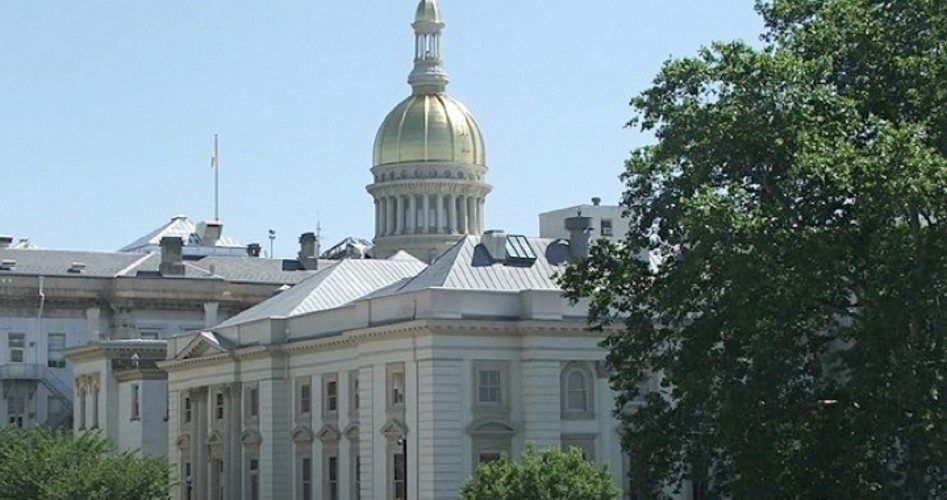
According to CNSNews.com:
States are exploiting a loophole in the federal welfare reform law enacted in 1996 in order to meet the state spending requirements to get a full dose of federal welfare funds, [according to] Representative Geoff Davis, chairman of the House Ways and Means Subcommittee on Human Resources.
This flow chart gives some idea of how convoluted the process can be, especially when local governments are involved, as they often are.
One of the requirements upon states is “maintenance of effort” or MOE, which is intended to keep states from reducing their own spending on programs with federal funds used. The General Accounting Office gave Rep. Davis (R-Ky.) the report at the subcommittee hearing last Thursday. The report stated:
In fiscal year 2009, 32 of the 45 states that met their required work participation rates for all TANF [Temporary Assistance to Needy Families] families claimed excess state MOE spending toward their caseload reduction credit. Sixteen of these states would not have met their rates without claiming these expenditures. Among the states that needed to rely on excess state MOE spending to meet their work participation rates, most relied on their expenditures to add between 1 and 20 percentage points.
At the hearing, Davis explained:
Many states have scoured their budgets to find other current program spending, such as Pre-K, child care, and after school programs they could report as TANF spending. Others began counting third-party spending — such as assistance offered by food banks and Boys and Girls clubs — as TANF spending. One state even apparently found a way to count the value of volunteer hours by Girl Scout troop leaders as State TANF “spending.”
Davis added, “Now, I want to be clear that this is not illegal, but that does not make it right.”
Welfare reform was enacted at the federal level in 1996, with the old program of AFDC (Aid to Families with Dependent Children) or ADC (Aid to Dependent Children) replaced by TANF. The intention was to replace generational cycles of welfare with short-term support. The change was also intended to remove an incentive for state governments to keep families on the dole by using federal funds.
Though many states are facing increasingly tight budgets, analysts point out that the alternative for these states that have used such creative ways of finding their “maintenance of effort” is simply to reduce the amount of federal funds they receive to correspond to the state government spending which had historically been directly connected with TANF or AFDC.
The solutions, if Congress proposes any, may well be worse than the existing problem. Should federal statute or federal regulation attempt to define more rigorously what may be considered a state contribution toward the “maintenance of effort,” then states may either continue to hunt for ways around those definitions or be faced with definitions so narrow that real innovation in the operation of state programs relying on federal funds is stifled.



